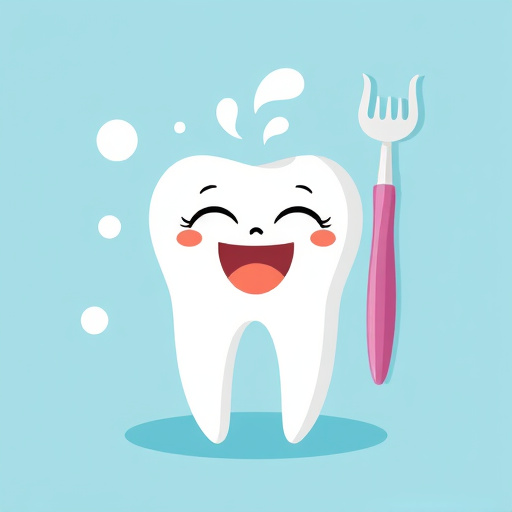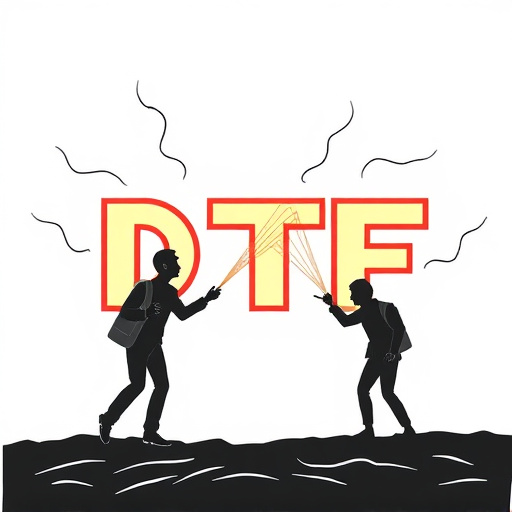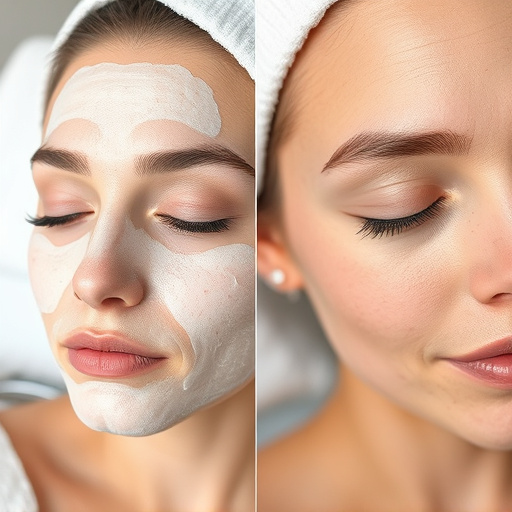Electrolysis and laser treatments offer permanent chin hair removal solutions. Electrolysis is precise, suitable for all hair types but slow and potentially risky. Laser is faster, comfortable but not ideal for darker tones or lighter hairs, and may enhance skin texture. Choice depends on facial hair and skin type: electrolysis for safety and fine hairs, laser for swift results and coarser hairs.
Looking for permanent chin hair removal? This guide breaks down electrolysis vs. laser treatments, helping you choose the right technique. We explore the science behind each method—electrolysis by breaking down hair follicles with electricity and lasers that target pigment. Learn about their unique advantages and disadvantages, from downtime to cost, to find the best solution for smooth, hair-free skin. Discover which option might be ideal for your specific chin hair concerns.
- Understanding Electrolysis and Laser Treatments
- Advantages and Disadvantages of Each Method
- Choosing the Right Hair Removal Technique for Your Chin
Understanding Electrolysis and Laser Treatments

Electrolysis and laser treatments are two popular methods for achieving permanent chin hair removal. Electrolysis involves inserting fine needles into each individual hair follicle and delivering a small electrical current, which damages or destroys the follicle to prevent future hair growth. This process is often described as a gentle heating of the follicle, leaving minimal discomfort. The advantage of electrolysis lies in its ability to target one hair at a time, making it suitable for finer, lighter hairs that might be missed by lasers.
Laser treatments, on the other hand, use concentrated light energy to target melanin, the pigment in hair follicles. This process heats up the follicle, damaging it and inhibiting future hair production. Lasers are generally faster than electrolysis and can treat larger areas at once, making them a popular choice for those seeking efficient chin hair removal. Additionally, laser treatments may offer secondary benefits like skin brightening and rejuvenation, as the heat generated can stimulate collagen production, leading to smoother, more youthful-looking skin—a bonus often sought in medical spa services.
Advantages and Disadvantages of Each Method

Electrolysis for Chin Hair Removal:
Electrolysis is a time-tested method for permanent chin hair removal. Its advantages include being a non-invasive procedure that targets individual hair follicles with precision. It’s suitable for all hair types and skin tones, making it a versatile option. Electrolysis also offers long-lasting results, as it permanently damages the follicle to prevent future hair growth. However, it can be a slow process, requiring multiple sessions, and there’s a risk of irritation or scarring, especially if not performed correctly. Additionally, it may not be as effective for finer hairs, and the overall cost can accumulate over time with numerous appointments.
Laser for Chin Hair Removal:
Laser treatment is another popular choice for chin hair removal, known for its efficiency and speed. It works by targeting melanin in the hair follicle, effectively destroying it. Laser treatments often provide faster results than electrolysis, requiring fewer sessions. This method is generally comfortable with minimal downtime. Moreover, it can also offer additional benefits like improved skin texture and reduced appearance of fine lines (wrinkle reduction) and pores (pore refinement), making it an attractive option for those seeking body contouring alongside hair removal. However, laser therapy may not be suitable for individuals with darker skin tones or lighter hair, as the laser might not effectively target these hairs.
Choosing the Right Hair Removal Technique for Your Chin

When considering chin hair removal, understanding the unique characteristics of your facial hair and skin is key to choosing the most effective technique. Both electrolysis and laser treatments offer permanent solutions, but they work in different ways. Electrolysis targets individual hairs using electrical currents, making it suitable for fine, light-colored hairs. It’s a precise method that may take longer, but it ensures thorough removal without damaging the surrounding skin. Laser treatment, on the other hand, heats up the hair follicles to destroy them, making it more effective for coarser hairs and faster results.
The right choice depends on your specific needs. For those with finer chin hair and a desire for a non-surgical, safe procedure that promotes skin health and rejuvenation, electrolysis might be preferable. If you seek a more efficient, rapid solution, laser treatment could be the way to go, though it may not be suitable for all skin types or tones.
When it comes to permanent chin hair removal, both electrolysis and laser treatments offer effective solutions. Electrolysis targets hairs at the root, ensuring long-lasting results with minimal side effects. Laser treatment, on the other hand, provides quick and efficient hair reduction with visible outcomes after just a few sessions. The choice between these methods depends on individual preferences, budget, and desired level of convenience. For persistent chin hair concerns, consulting a dermatology expert can help determine which technique aligns best with your goals for smooth, hair-free skin.














